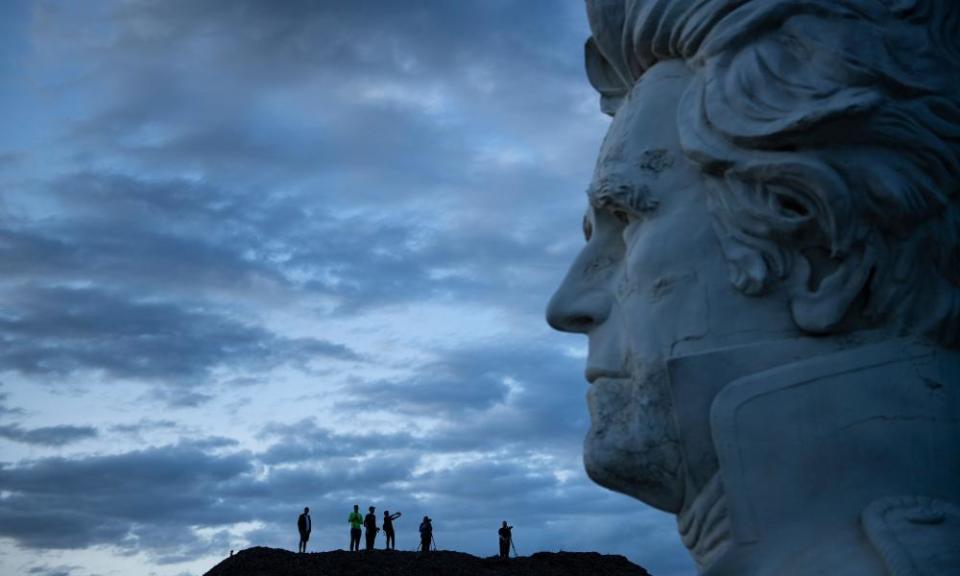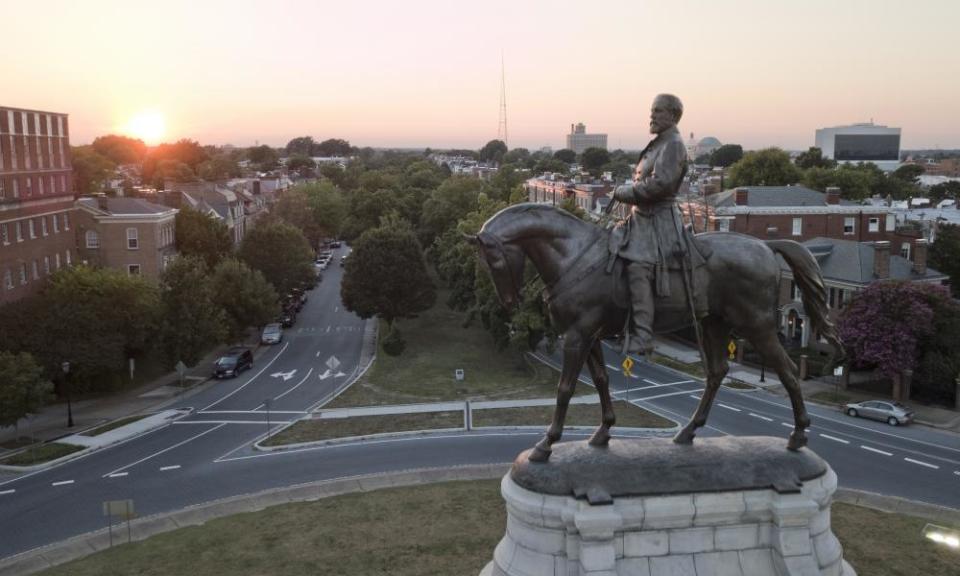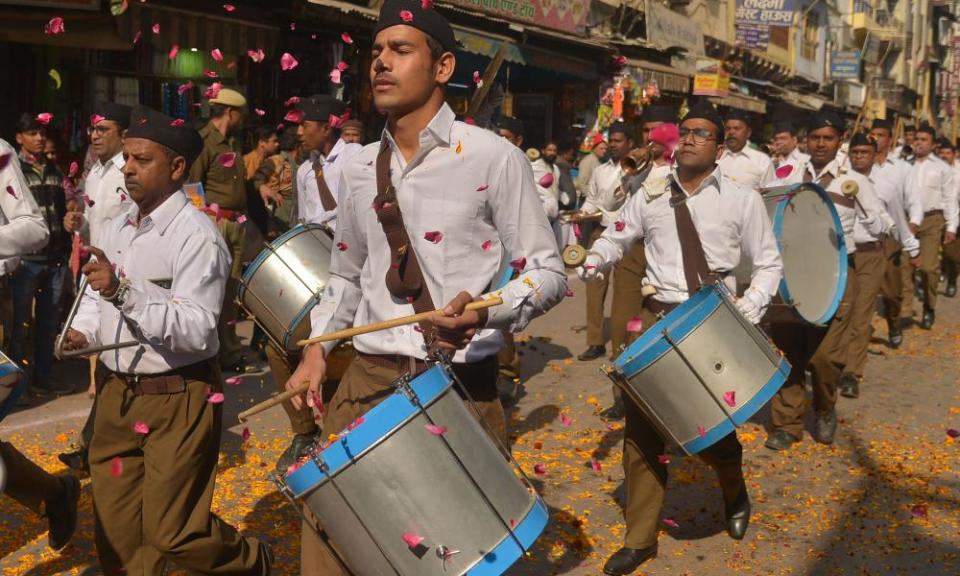Caste by Isabel Wilkerson review – a dark study of violence and power

As US president in the 1830s, Andrew Jackson was a feverish advocate of “Indian removal”, the banishing of Native Americans from their ancestral homelands and relocation on desolate reservations. It was Jackson who oversaw the infamous “Trail of Tears”, the forced migration on which more than 20% of the Cherokee people perished. History has been kind to Jackson; it remembers him as Old Hickory, a nation-builder who drove America’s westward expansion and honours him by placing his image on the $20 bill. It doesn’t remember him as the enslaver of 161 people or as a man who went horseback riding with reins carved from the flesh of indigenous Americans. And this is precisely how caste works, according to Isabel Wilkerson: it elevates and empowers members of a “dominant caste” at the perpetual expense of a “subordinate caste”.
The full pageantry of American cruelty is on display in Caste, an expansive interrogation of racism, institutionalised inequality and injustice. It was while working on her sweeping, Pulitzer prize-winning first book, The Warmth of Other Suns, a history of African Americans’ great migration out of the South, that Wilkerson realised she was studying a deeply ingrained caste system that had been in place longer than the nation itself had existed, dating back to colonial Virginia. In Caste, Wilkerson sets out to understand American hierarchy, which she compares with two of the best known caste systems in the world: that of India, the very birthplace of caste, and of Nazi Germany, where caste as a modern experiment in barbarism was ultimately vanquished.
BR Ambedkar, the Indian social reformer who fought the scourge of caste all his life, called it “graded inequality”. Caste is a complex system of infinite hierarchy; in Indian society, it divides humans according to varnas, or classes – Brahmins, or priests; warriors; traders; and labourers. Dalits are considered so low that they stand outside the varnas. Caste in India is a fraught and ugly thing, degrading everything in its path.
Wilkerson’s is essentially a two-tier caste system – dominant or white and subordinate or non-white. The signal of rank in the American hierarchy is caste’s “faithful servant”, race. Caste and race continually bleed into each other; Wilkerson defines a racist as someone who harms, mocks or institutionalises inferiority on the basis of race. A casteist is someone who upholds or benefits from an ingrained system of hierarchy, never challenging its assumptions. Wilkerson’s choice of examining caste rather than race is a valuable one; this book is not about biology, social history or science, but about structural power. Caste is a “hologram”, she explains, an “insidious” force that operates outside of hatred or intolerance, animated by practice and reflex. It’s not just the far right or trigger-happy cops; even the “good” can be casteists – such as the guest at a Tina Brown book party who asked the then state senator Barack Obama to get them a drink.

Since its inception, the American caste system has reinvented itself in terrifying and hideous ways. “Before there was a United States of America,” Wilkerson writes, “there was enslavement. Theirs was a living death passed down for twelve generations.” Caste is a dark history of the inexhaustible scope of human violence. Enslaved Africans were seen as incapable of injury, worked to the bone and starved, and routinely subjected to torture and rape. The American caste system, like India or Germany’s, was constructed and practised openly; it did not hide its savagery. Even Hitler recorded his admiration for the uniquely American “knack for maintaining an air of robust innocence in the wake of mass death”. Wilkerson reminds us that the Nazis, though inspired by America’s race laws, ultimately thought they went too far.
Writing of the South, where the purest form of American caste is practised, Wilkerson threads microhistories into the larger, horrendous tapestry. She describes local lynching trees, schools letting out early so children could accompany their parents to watch murder, advertised by newspapers as though they were sporting events. Photographers brought portable printing presses to sell photos of the hanged men as souvenirs. Lynching postcards were a thriving industry at the turn of the 20th century, wish-you-were-here’s of the severed, half-burned head of Will James, lynched in Illinois in 1909 or of burned torsos from Waco. “This is the barbeque we had last night,” a Texan wrote to his mother on the back on one such card.
Wilkerson writes about a country trembling with indignation when asked to simply acknowledge that black lives matter. Congress has steadfastly refused even to debate reparations for the ancestors of the people they enslaved, refusing for 30 years to pass HR 40, a bill that would do nothing more than table a discussion on the matter. The author unearths much disquieting material in Caste. We know that during the Jim Crow era, black Americans were forced to drink from separate water fountains, but before they were given fountains, Wilkerson writes, they had to drink from horse troughs.
Caste as a concept can be dizzying, but Wilkerson makes plain the deeply embedded infrastructure of American hierarchy. Caste is why Robert E Lee, the Confederate general who went to war against his own country for the right to enslave other humans can be honoured by 230 memorials across the land. It is why Alabama was the last state in the union to throw out its law banning interracial marriage, which it did in 2000, 36 years after the Civil Rights Act ended segregation. And it is why Lyndon B Johnson, who signed that act into law, was the last Democrat ever to win the presidency with the majority of the white electorate.

Wilkerson ends the book by holding up Nazi Germany as a caste system successfully dismantled. But if Germany is an example of how caste can be ended then India is the understressed counterpoint: the nightmare of how caste can thrive and become more monstrous if casteists are put in charge. There is no mention of the spate of bloody lynchings that has gripped India since Narendra Modi came to power in 2014; no mention of Modi himself, a disciple of the Rashtriya Swayamsevak Sangh (RSS), a crypto-fascist casteist organisation allegedly inspired by nazism. This blind spot would not be worth mentioning if it were not for the author’s stated intention to examine India, and the fact that the book is based on a distinctly Indian idea, one that has grown more visible and gruesome in recent years.
This is an American reckoning and so it should be. Wilkerson has a deft narrative touch and she activates the history in her pages, bringing all its horror and possibility to light, illuminating both the bygone and the present. Caste joins the New York Times’ “1619 Project” in exposing the edifice of white platinum privilege and exploding how we understand American power and supremacy. It is a painfully resonant book and could not have come at a more urgent time.
• Fatima Bhutto’s novel The Runaways is published by Penguin. Caste by Isabel Wilkerson is published by Allen Lane (£20). To order a copy go to guardianbookshop.com. Delivery charges may apply.

